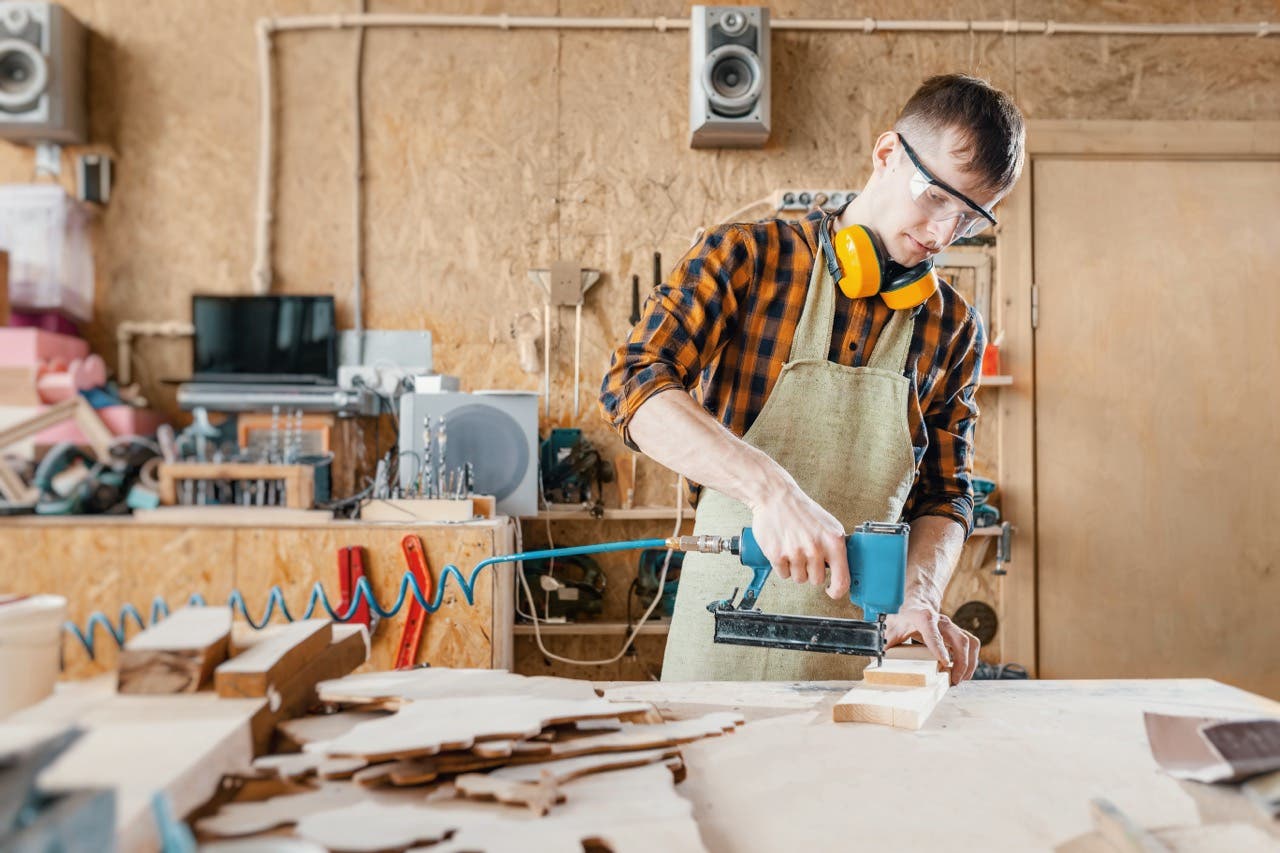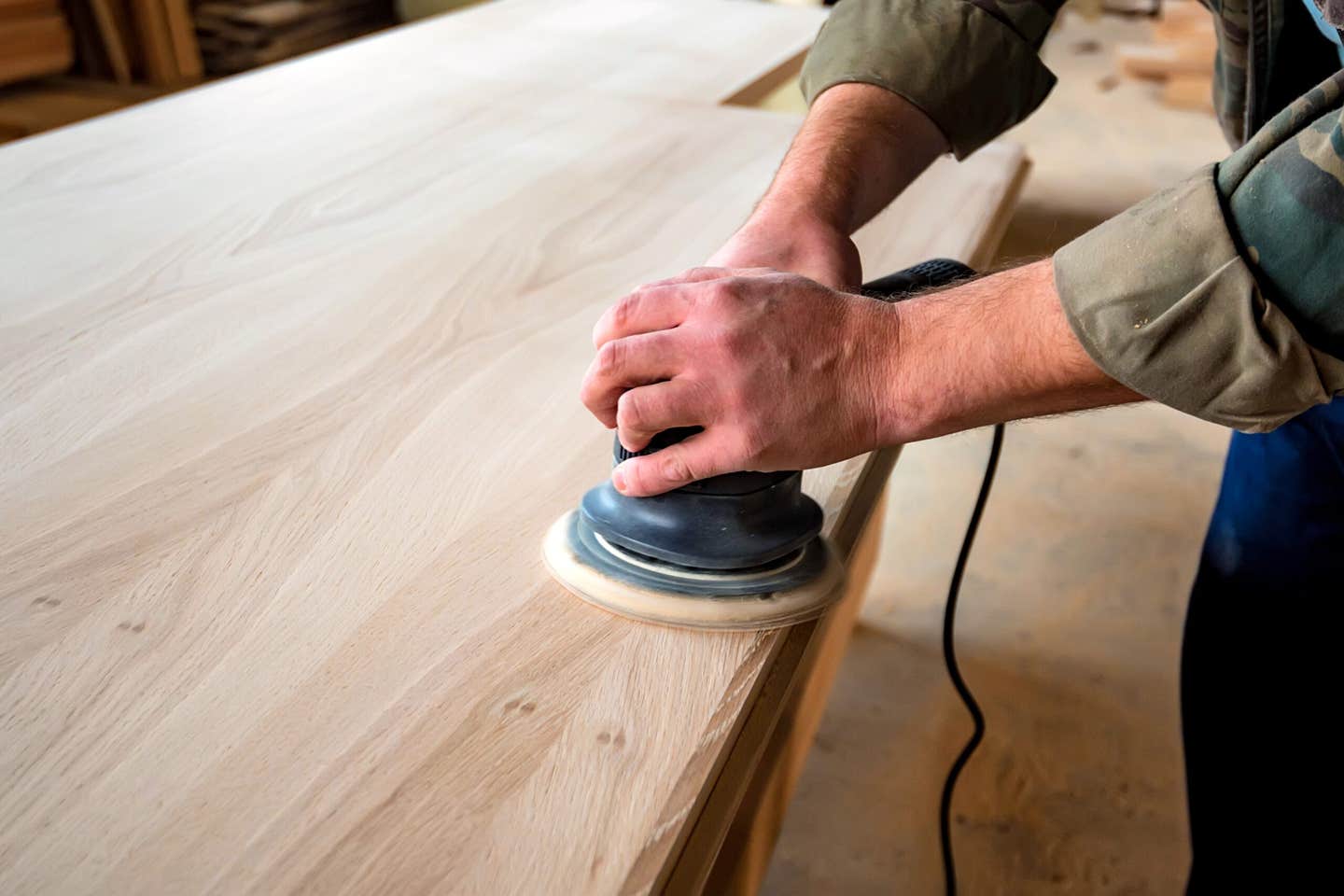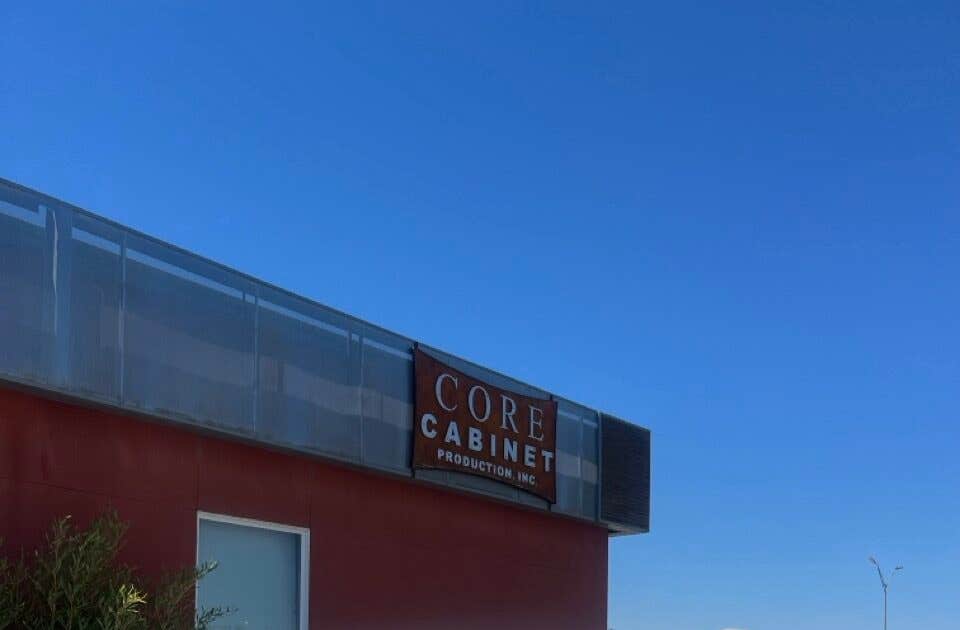The hum of a happy workplace
Happy workers — and that includes shop owners — do better work. According to a Tony Schwartz report in the New York Times on Nov. 27, “human beings require four…
Happy workers — and that includes shop owners — do better work.
According to a Tony Schwartz report in the New York Times on Nov. 27, “human beings require four types of fuel to perform at their best: physical, emotional, mental and spiritual.” A shop owner can do a lot to improve conditions in all four areas and it doesn’t have to cost a lot. But bosses who ignore these needs tend to pay for the lack of consideration in lower production rates, less accurate work, more absenteeism and diminished customer service (as in “the customer will never notice the door handle isn’t quite square”).
On Dec. 2, Forbes Magazine ran a piece titled: “Life is stressful: 10 things to stop tolerating.” Topping the list was burnout, closely followed by negativity and disorganization.
Both Forbes and the New York Times are paying attention to worker moods at a season of the year when many people feel a bit down anyway with the winter blues. The holidays, followed by several long months of short days and overcast skies, can trigger a type of depression called seasonal affective disorder. The Mayo Clinic says that seasonal affective disorder symptoms start in the fall and could continue into the winter months “sapping your energy and making you feel moody.”
So, without going broke, what can a shop owner do to create a more pleasant and more productive workshop? Actually, there are an enormous number of small changes they can make that can add up to a whole new culture in the shop and also better bottom lines.
Lighten up
Begin with that “physical” fuel that Schwartz mentioned. Are your people taking regular short breaks throughout the day? Are they standing on comfort mats or cold, hard concrete? Do taller people have slightly taller workbenches? Does everybody have enough light? A lack of task lighting leads to sloppy work, especially as we get older and our eyes don’t work as well as they once did. In fact, the No. 1 therapy for seasonal affective disorder is to provide more and better lighting. According to the Mayo Clinic: “Light therapy mimics outdoor light and appears to cause a change in brain chemicals linked to mood. Light therapy is one of the first-line treatments for seasonal affective disorder. It generally starts working in two to four days and causes few side effects.”
When most of the United States adopted Daylight Saving Time during the mid-1960s (Arizona and Hawaii still aren’t on board), the idea was to advance our clocks one hour during the months with longer days — currently, from the second Sunday in March until the first Sunday in November. That meant that we had more daylight during summer evenings, but it also means that we have less daylight during winter evenings when the clocks go back and our moods tend to swing a bit lower.
Changing shop lighting doesn’t always mean adding new fixtures. Take a look up and see if you have great lighting in the storage area where people rarely work and less light in the work areas. You might be able to either switch the light fixtures or the spaces (that is, move the workbenches under the brightest lights). If all you need to do is move things around, the expense is limited to the time it takes to do that. More light can improve our emotional and mental states.
While you’re already looking up at the ceiling, check the light bulbs. The existing fixtures might be able to handle more wattage (brighter bulbs). They can also benefit from a change of color. The color of light (well, actually just the warmth of the color or hue) is measured on the Kelvin scale, which is very familiar to photographers. The scale describes the color of light in terms of its temperature. Natural daylight is somewhere around 5500K (it varies a bit), while most indoor lighting is in the range of about 3200K. Color temperatures above 5000K are cool (blue to white) and those in the 2500 to 3500K range are warm, appearing yellow to red. The higher temperatures tend to make us feel more energetic.
Learn to share
Perhaps one of the best ways to create a more pleasant workshop is to tackle malaise. Boredom and burnout are often the result of asking an employee to perform the same task over and over again. Some employees tend to get very good at maintaining one workstation and eventually regard it as theirs. The upside to this is that they produce great results and their speed improves. If they become the hub around which production flows, that fast rate affects the rest of the production sequence, too.
However, there are some downsides to specialization. The most obvious one is that production will suffer if that key employee gets sick, fired or hired elsewhere. Just think about how many football teams sputter when their starting quarterback gets injured.
But there are some subtle costs, too. For example, you might have one very happy employee and three or four others who resent him/her and who feel that they deserve a shot at what they consider the best job in the shop.
The immediate upside to switching stations routinely is that all employees can become proficient at all tasks, so you will always have a backup quarterback when you need one. But the entire crew will also have a higher sense of ownership of the production process if they are all allowed to contribute. And they will have a sense that promotion and rewards are more fairly administered if they are not relegated to a repetitive task that invites burnout and boredom.
Carrots and sticks
Rewarding good performance is essential in any business environment. However, the rewards don’t have to be magnanimous. A simple thank-you and a smile often do more than monetary bonuses to invigorate performance. People need to feel appreciated and valued. Seeking the opinion of a shop crewmember, even if you only need to verify your own opinion, is usually appreciated. When somebody spends 40 hours a week doing something, they usually see things that a foreman or manager misses on a brief walkthrough. Interaction doesn’t need to be as formal as weekly meetings, but it does need to be frequent enough that, when your people see something that can be improved or needs to be fixed, they feel they can approach you. That comfort level, knowing that somebody will listen and values their input, helps create a more pleasant working environment.
On the other side of that coin, a shop that is run primarily on criticism and negative comments is destined to go through a lot of employees. If a shop’s turnover rate is consistently higher than the industry standard, the cause might be as simple as one supervisor or manager who makes workers feel that their contribution is not valued. Who wants to go to work every day only to be told that their performance is substandard? You could fire that supervisor, but if you have a lot invested in them, then perhaps a wiser course would be to send them to sensitivity training. For an industry that swings hammers, that might sound a bit New Age, but large corporations have been doing it for decades. Their philosophy is not to throw out the baby with the bathwater. It costs a lot to train managers and tweaking that investment rather than abandoning it can be a good way to create a more pleasant workshop without busting the budget.
Organizing is key
When things go right, we feel good. When we lose something like our keys, glasses or cellphone, we feel all out of sorts and, as soon as they turn up, our mood stabilizes rather quickly.
The same is true of parts, plans and tools. If they are at hand, always in the same place, easily found and easily stored, they become a bonus rather than a hindrance. Keeping all supplies in one room, on labeled shelves, will help reduce angst and create a more disciplined and welcoming work environment.
If the routine for running work through the shop is standardized and people understand what is expected of them and when, they will perform better. Having a disorganized manager constantly interrupting a routine or pulling a worker off an assigned task to handle some minor emergency makes people feel like they do when they lose their keys. A better way to handle issues like this might be to have one floater on the shop floor who becomes the go-to guy for small tasks. Then, if something simply can’t be slotted into the production schedule in an orderly fashion, at least everyone knows they won’t be interrupted.
Disorganization can be combatted in other ways, too. Keeping aisles free and clear and well-marked with painted or taped stripes will keep work flowing more smoothly through the shop. Assigning a shop-floor team leader to each job can help delegate responsibility and train managers, plus it gives people a reason to buy into the shop’s mission. Providing a comfortable break room where the microwave gets cleaned once a day and having toilets that don’t need to be sanitized before use, will make people feel that you care.
If you care, they will.
This article originally appeared in the January 2014 issue.







